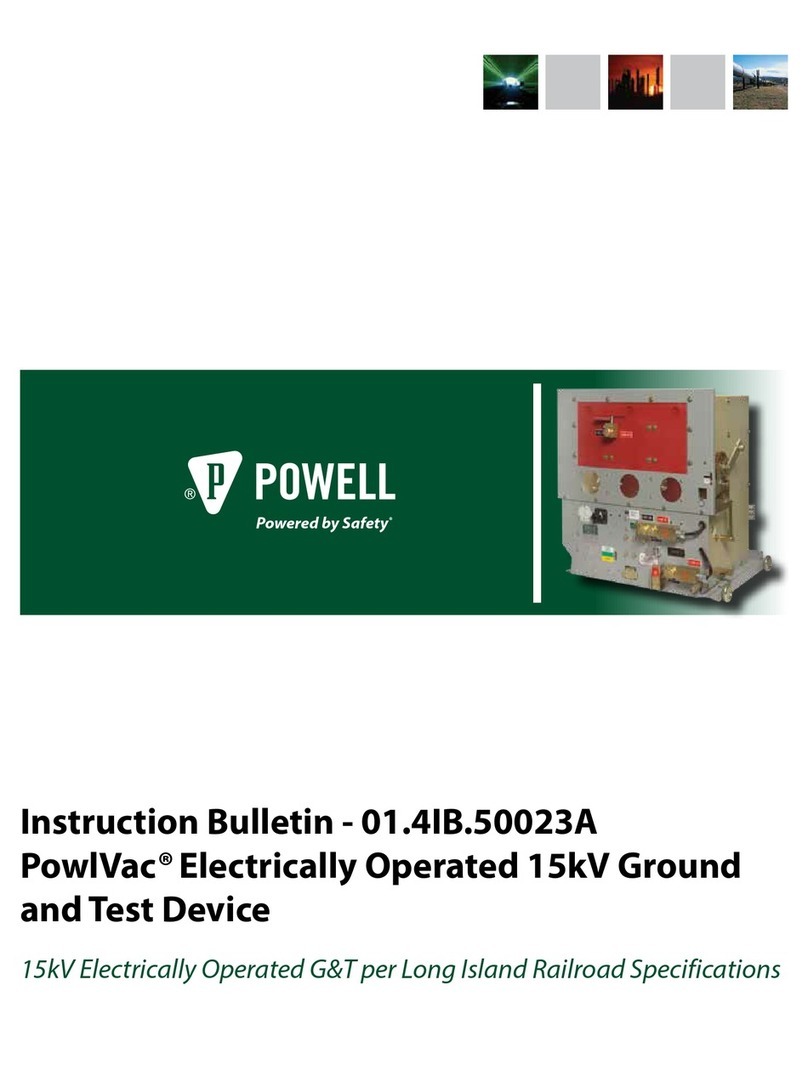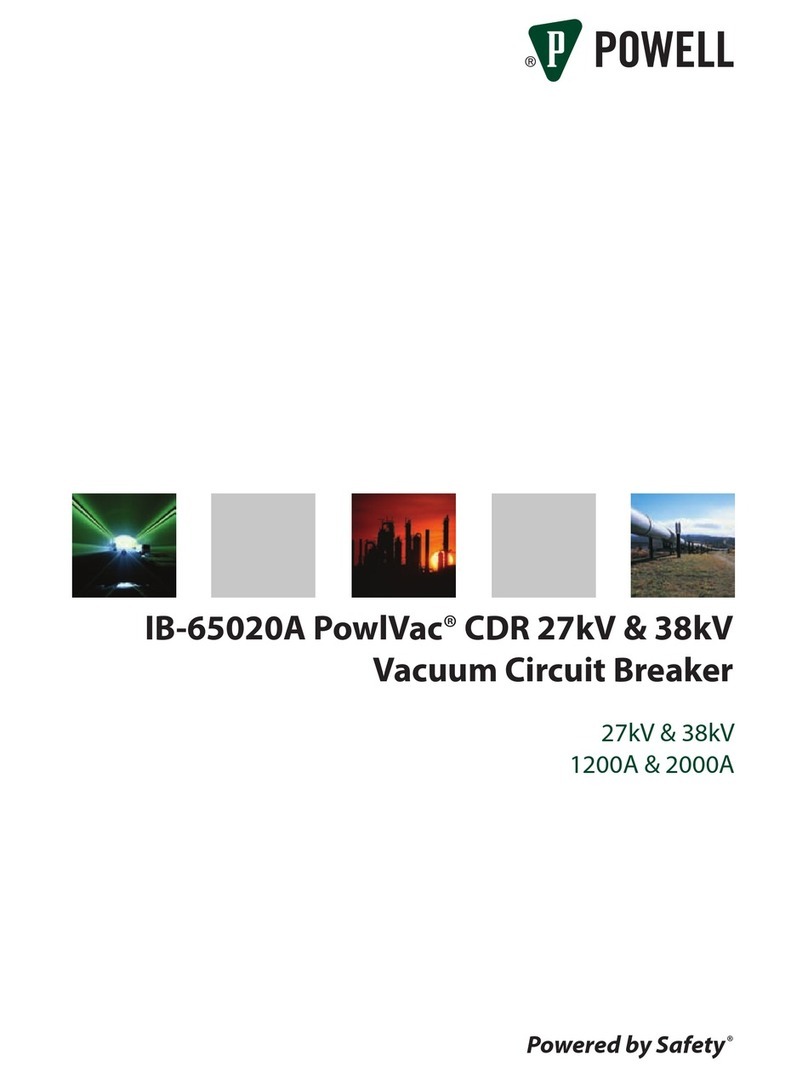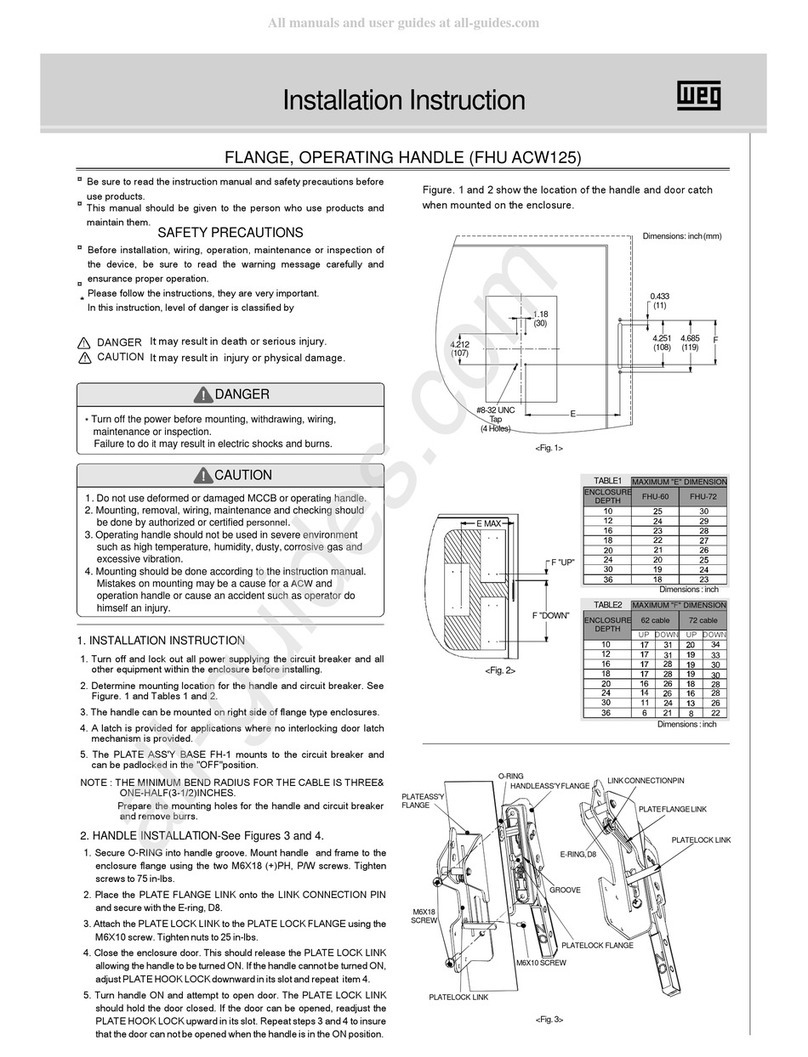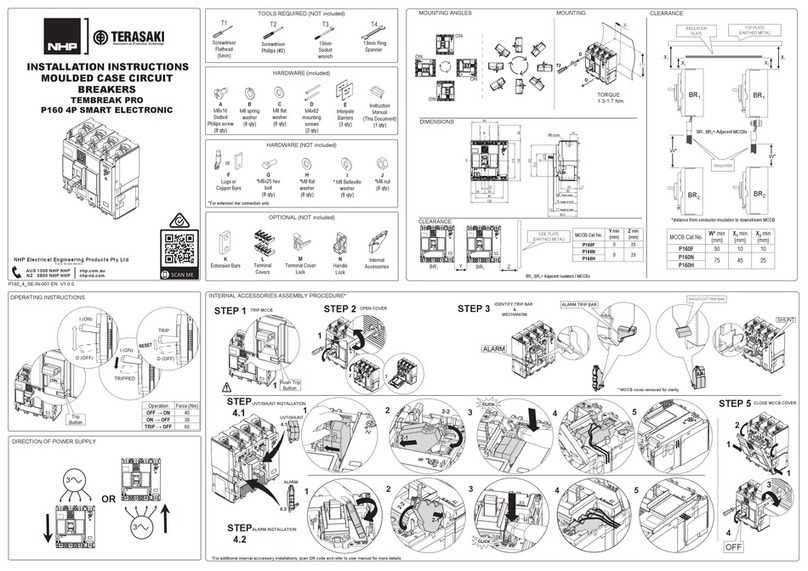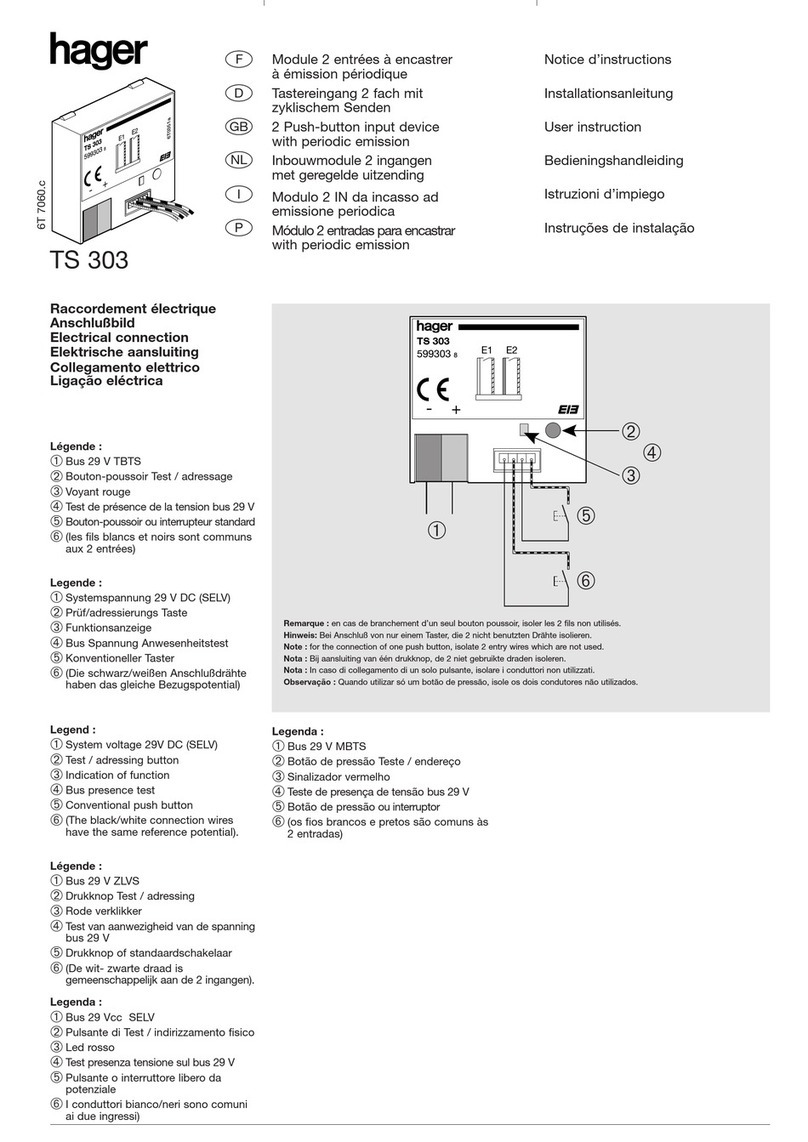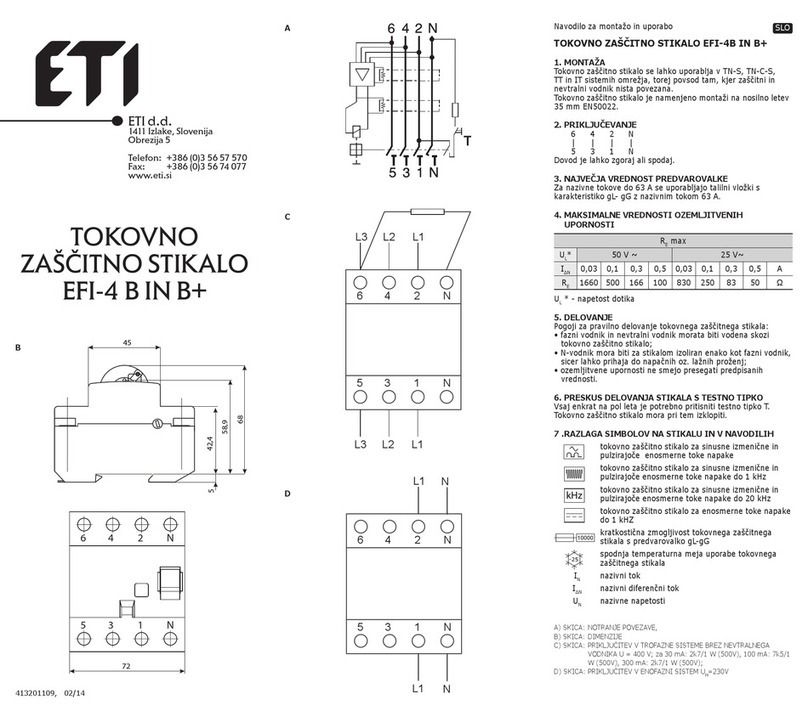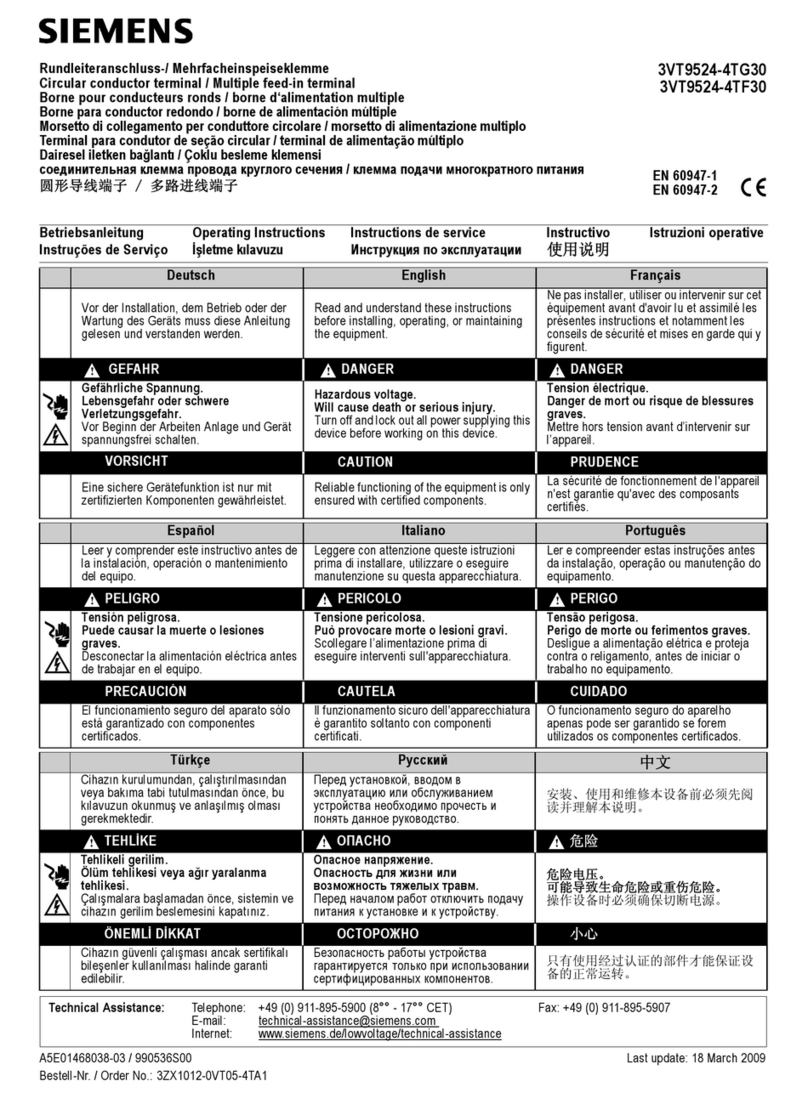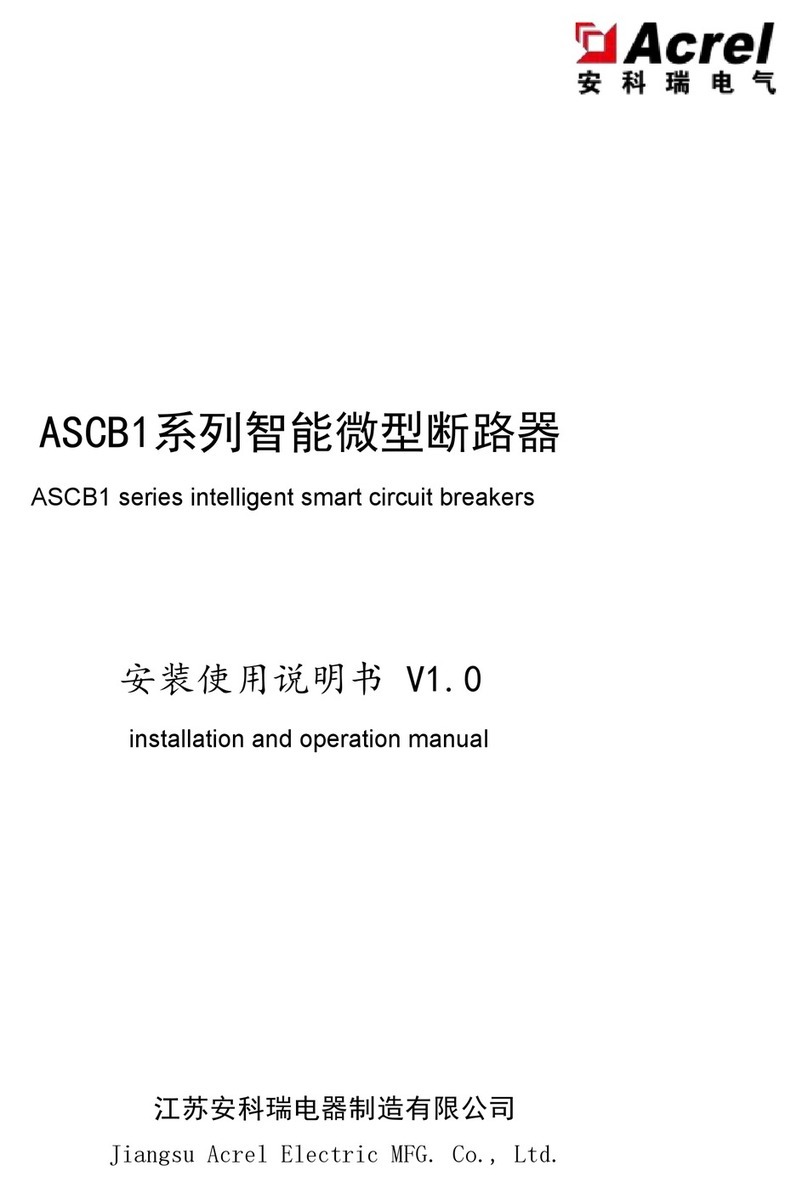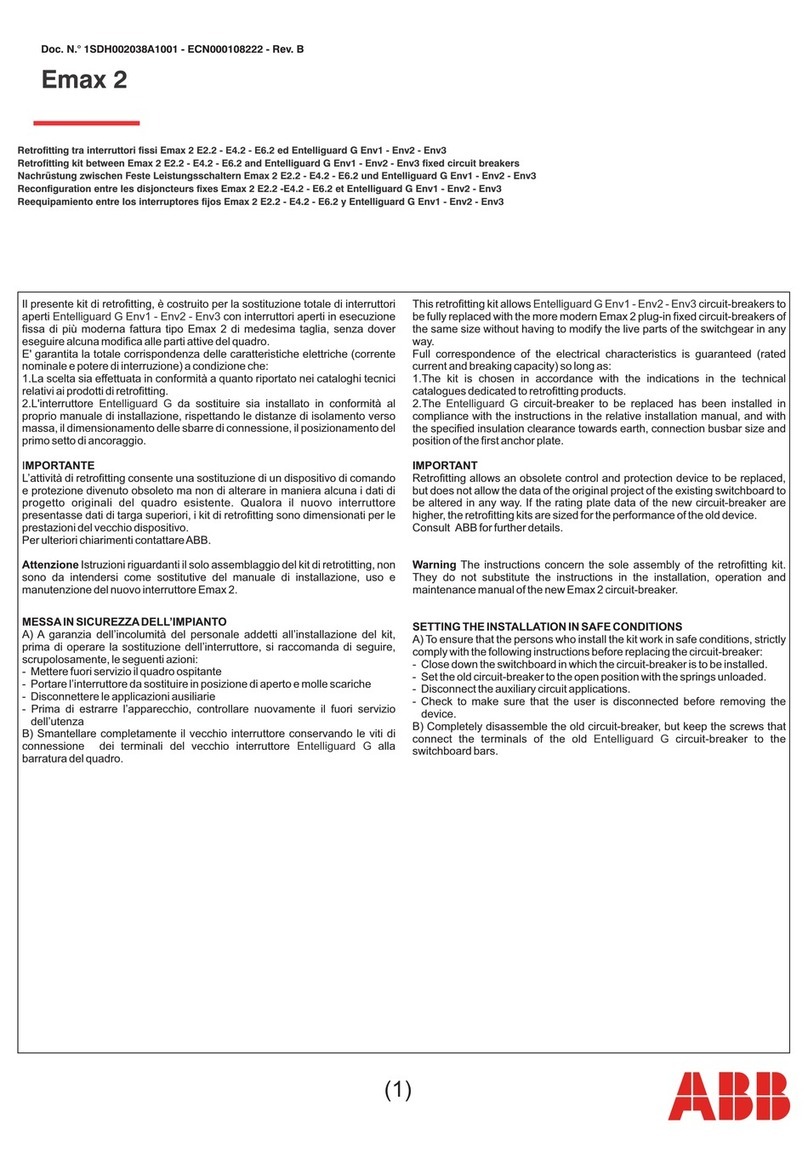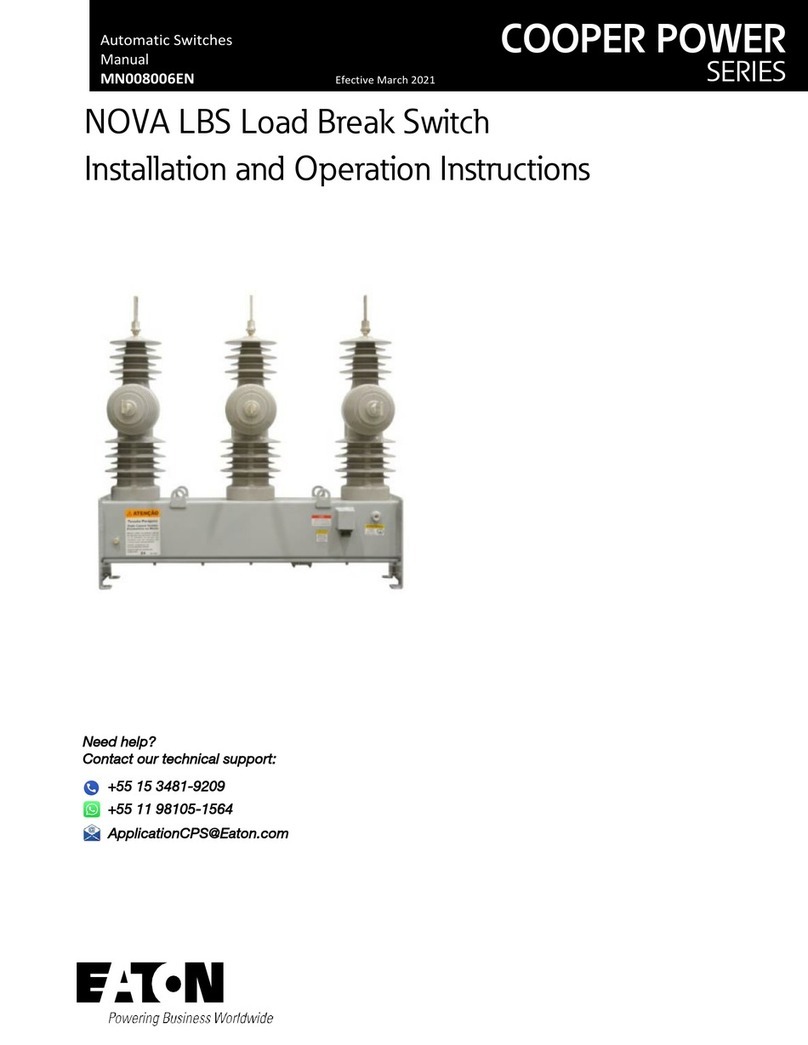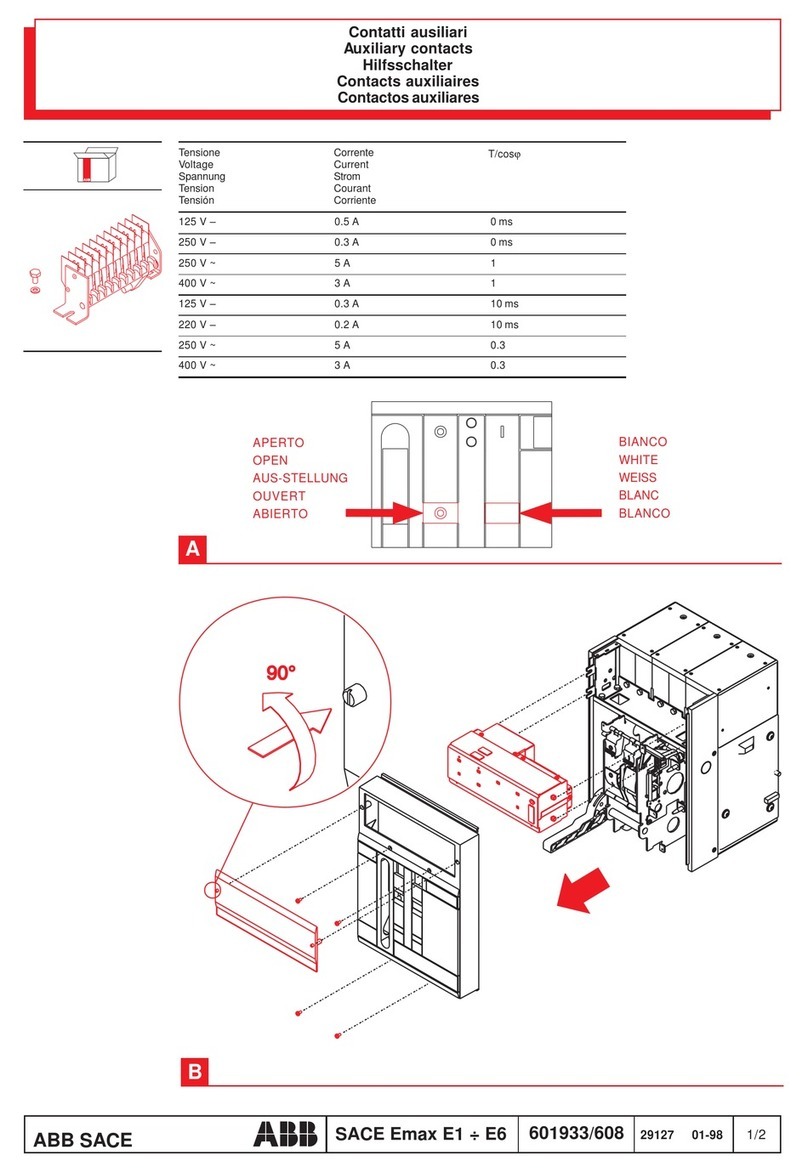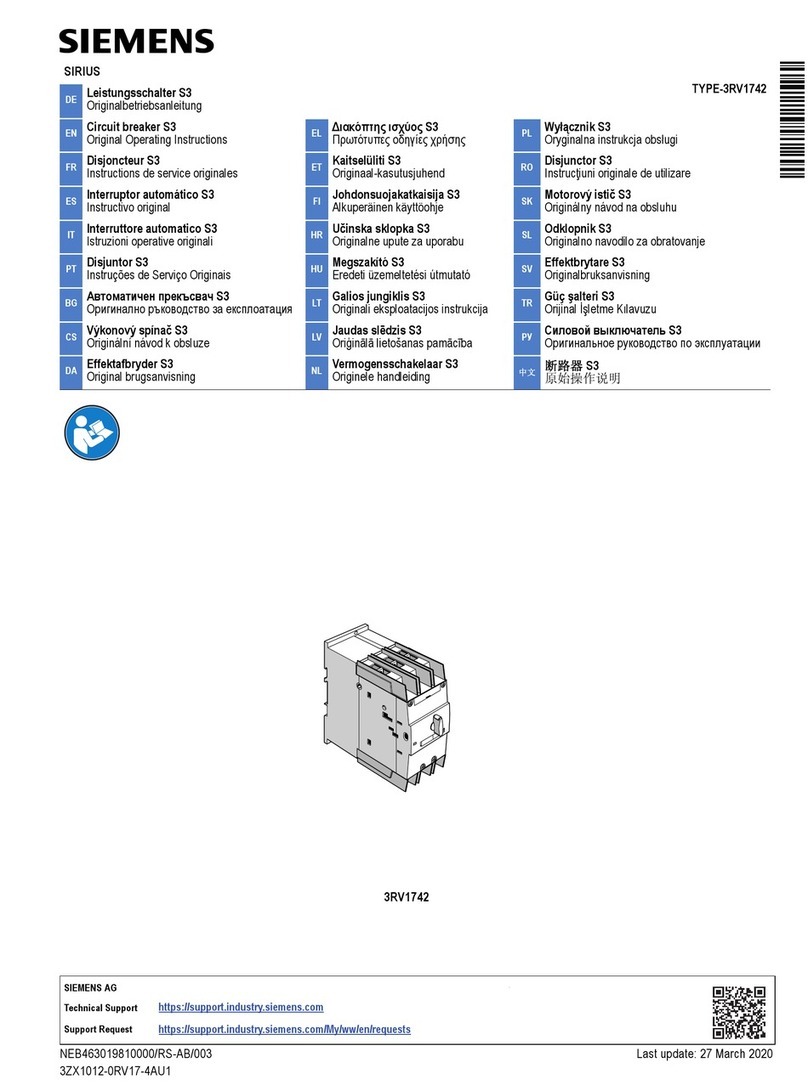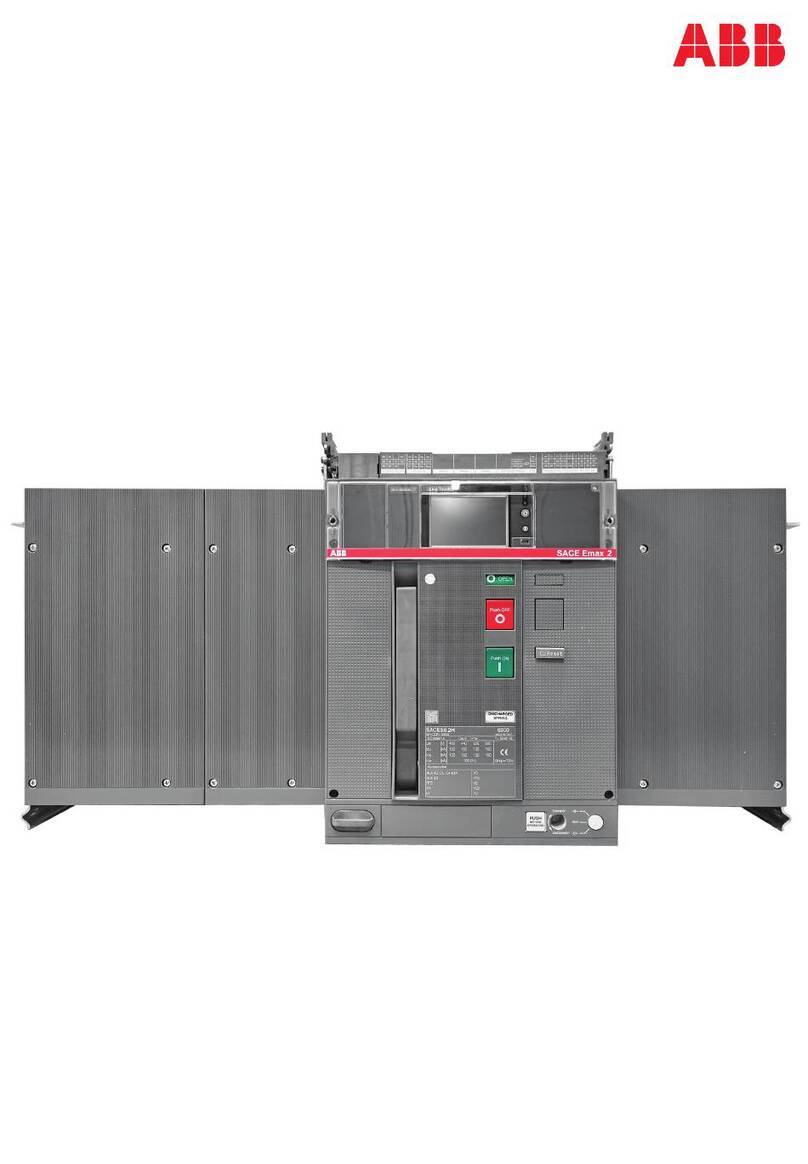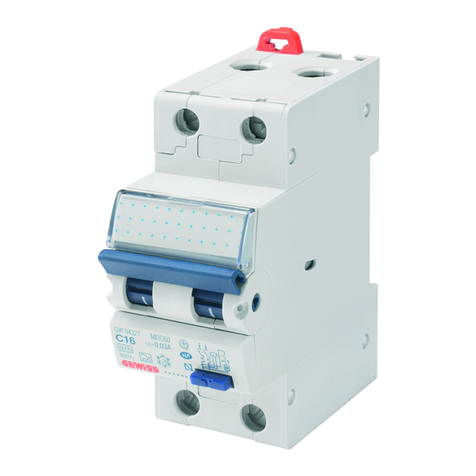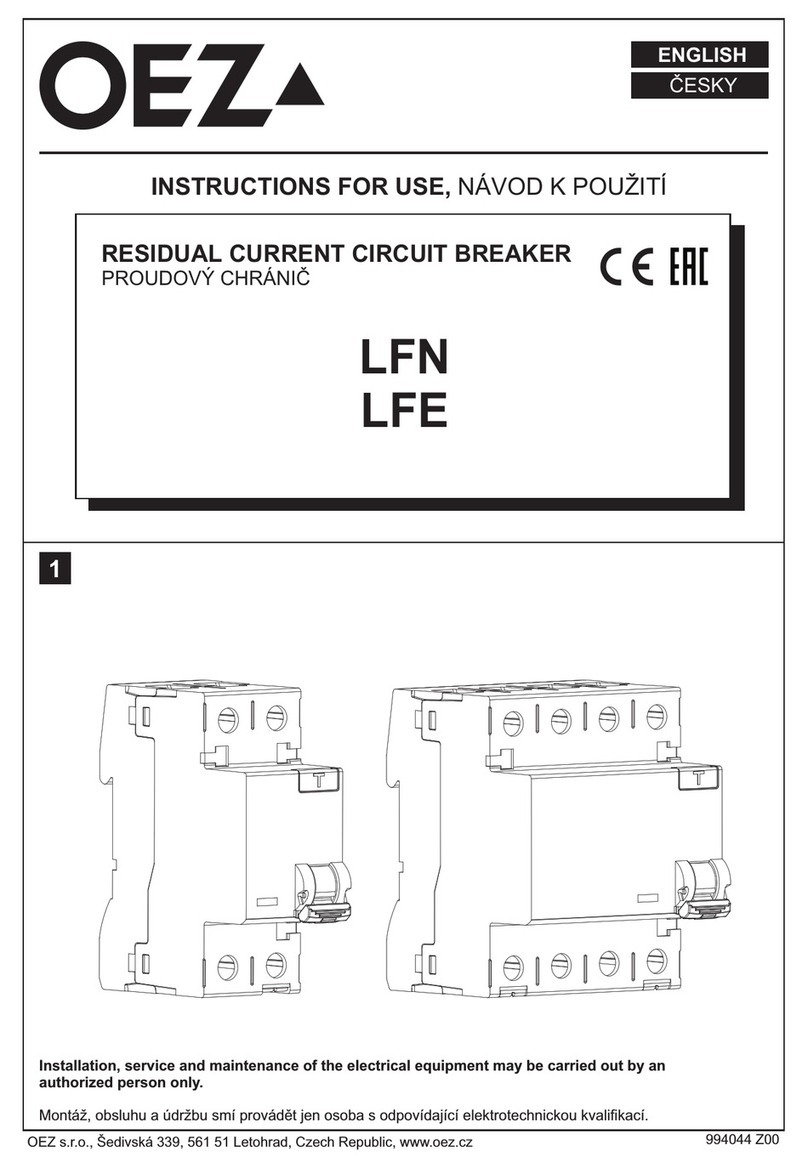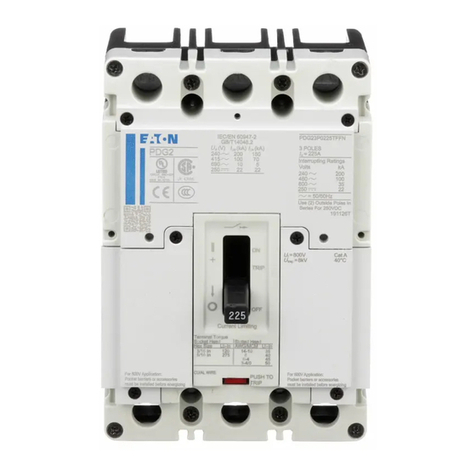
Powered by Safety®
PowlVac 38™ ARM 3000A Series 4
Vacuum Circuit Breaker
01.4IB.65131
Contents
Ch 4 Installation..............................................................................................................24
A. receIvInG ........................................................................................................................................................ 24
B. hAnDlInG........................................................................................................................................................ 24
c. StorAGe.......................................................................................................................................................... 25
D. plAcInG the cIrcuIt BreAker Into ServIce............................................................................................................ 26
1) High Voltage Insulation Integrity .......................................................................................................................................26
2) Vacuum Integrity....................................................................................................................................................................27
3) Control Voltage Insulation Integrity..................................................................................................................................29
4) Mechanical Operation Check..............................................................................................................................................29
5) Electrical Operation Check...................................................................................................................................................30
6) Emergency Racking Mechanism Check............................................................................................................................31
e. InSertInG the cIrcuIt BreAker Into the cIrcuIt BreAker coMpArtMent .................................................................. 31
1) Prior to Inserting the Circuit Breaker into the Circuit Breaker Compartment:.........................................................32
2) Inserting the Circuit Breaker to the Test/Disconnect Position .....................................................................................33
3) Inserting the Circuit Breaker to the Connected Position...............................................................................................34
f. reMovInG the cIrcuIt BreAker froM the cIrcuIt BreAker coMpArtMent.................................................................. 35
1) Removing the Circuit Breaker from the Connected to the Test/Disconnected Position ........................................35
2) Removing the Circuit Breaker from the Test/Disconnected Position out of the
Circuit Breaker Compartment.............................................................................................................................................36
Ch 5 Maintenance...........................................................................................................38
A. GenerAl DeScrIptIon ........................................................................................................................................ 38
1) Introduction.............................................................................................................................................................................38
2) Inspection and Cleaning ......................................................................................................................................................39
B. MechAnISM AreA ............................................................................................................................................. 39
1) Mechanical Operation ..........................................................................................................................................................39
2) Lubrication...............................................................................................................................................................................40
3) Closing Spring Removal........................................................................................................................................................44
4) Slow Closing of Mechanism.................................................................................................................................................45
5) Mechanism Adjustments......................................................................................................................................................45
6) Electrical Operation...............................................................................................................................................................50
c. vAcuuM Interrupter AnD contAct AreA ............................................................................................................. 50
1) Vacuum Interrupter and Contact Erosion ........................................................................................................................50
2) Vacuum Integrity....................................................................................................................................................................50
3) Mechanical Adjustment of Vacuum Interrupters ...........................................................................................................50
D. optIonAl MAIntenAnce proceDureS ................................................................................................................... 51
1) High Potential Tests ...............................................................................................................................................................51
2) Timing.......................................................................................................................................................................................51
3) Primary Resistance Check ....................................................................................................................................................51


